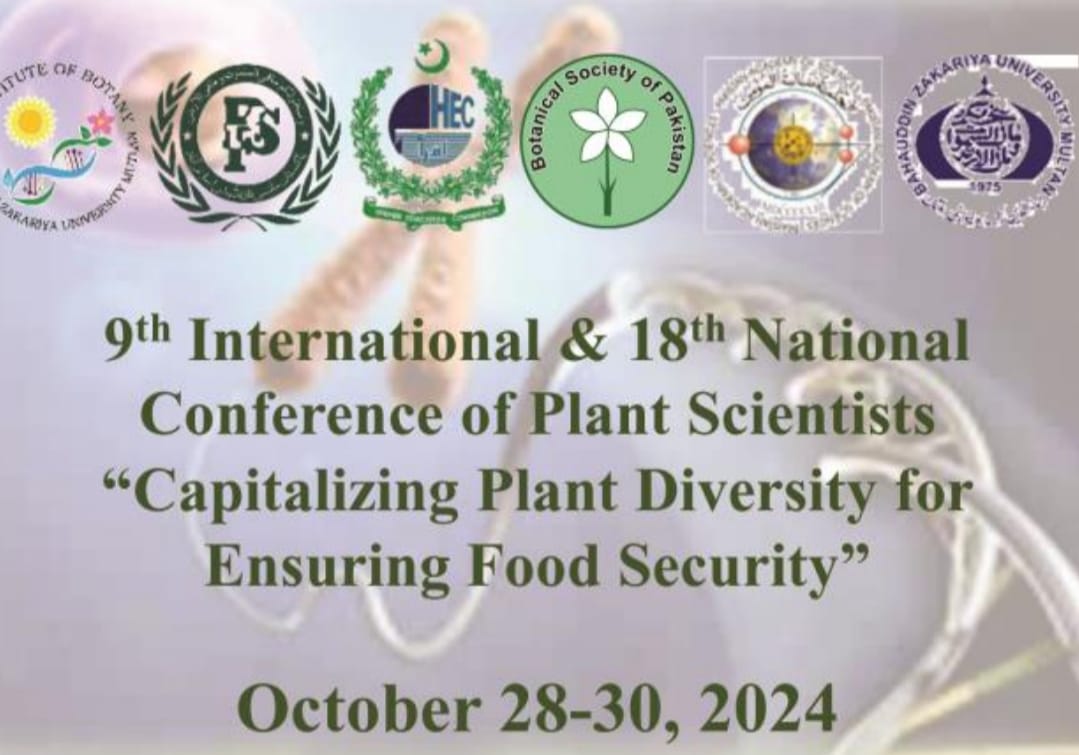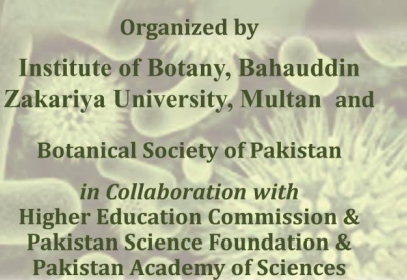
PJB-2024-189
Essential oils extraction and identification of phytochemical compounds from Lavandula angustifolia Mill: unveiling their potential aptitude as antibacterial response against selected strains
Bushra Arshad and Sardar Irfan Mehmood Khan Shaheen
Abstract
Antibiotic resistance is a major global challenge, necessitating the search for new antibacterial agents. This study aims to identify the phytochemical composition and antibacterial properties of essential oils from Lavandula angustifolia Miller (lavender). Essential oils from lavender leaves and flowers were extracted using the hydrodistillation method, and Gas Chromatography-Mass Spectrometry (GC-MS) was employed to identify the active compounds. Antibacterial activity was assessed through the disc diffusion assay at different dilutions against Escherichia coli, Salmonella typhimurium, Staphylococcus aureus, and Pseudomonas aeruginosa. The extracted lavender oils were rich in terpenoids, with monoterpenes being the predominant constituents, accounting for 70.05% in flowers and 61.58% in leaves, while sesquiterpenes constituted 5.75% in flowers and 4.28% in leaves. Lavender essential oils demonstrated significant antibacterial activity, the highest inhibition zone was observed against Escherichia coli (28.8 mm ±0.6 for flowers and 25.9 mm ±0.4 for leaves at a 1:1 dilution). These findings suggest that lavender essential oils possess substantial antibacterial potential, warranting further exploration for pharmaceutical applications
To Cite this article: Arshad, B. and S.I.M.K. Shaheen. 2025. Essential oils extraction and identification of phytochemical compounds from Lavandula angustifolia Mill: unveiling their potential aptitude as antibacterial response against selected strains. Pak. J. Bot., 57(5): DOI: http://dx.doi.org/10.30848/PJB2025-5(6)
Download PDF


